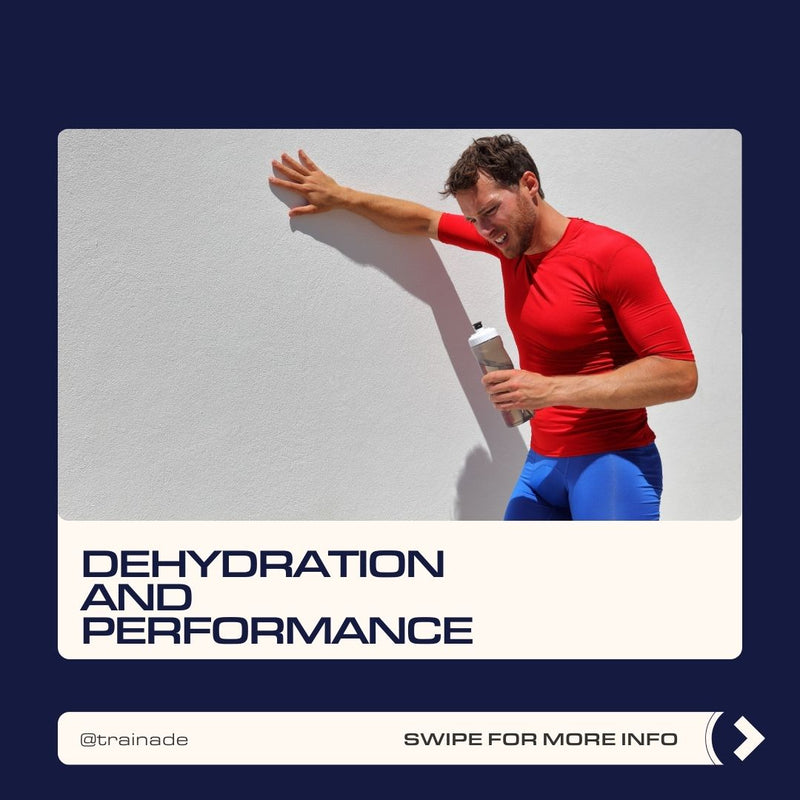The main thing people should know that it takes time. People might think they can run, and they can go out for their first run and be shocked by just how hard it is. This usually leads to disappointment and the motivation to go again quickly diminishes. If you take your time and understand that speed, fitness and endurance won’t happen in a day you’ll get faster and stronger as time goes on. When starting I’d recommend running/run walking every second day to every third day depending on how your body reacts.
There are three types of runs that can be further broken down into certain sessions. For example, easy runs are something that are utilised to promote recovery as well as gain the extra time on feet while maintaining fitness. The next type of run can be called several things such as tempo, intervals, hills, fartlek etc. This sort of run is where the speed and fitness are built. Tempo sessions usually begin with a warmup at an easy pace for a short distance before getting into the working kms. In the working kms, the idea is to fluctuate between fast and slow pace to build aerobic strength, aerobic capacity and endurance. The end of the workout is a cool down run, like the warmup but at the end of the session.
This sort of training should be used as your main source to build everything you need to be a successful runner. The last type of run is a long run. The long run should a be a staple of any runner’s program. Generally done on the weekend, the long run is done at an easy pace at the beginning of the training block but as you progress speed can increase. Furthermore, the distance at the beginning of the training block is relatively short but as you progress through the block each long run distance increases before cutting back during the taper. The taper is something done at the end of the training block, generally 1 – 2 weeks out from a race. Distance, speed and effort decreases dramatically through this period to ensure the body is at peak health and fitness on race day.
Clothing is really dependant on what the person feels comfortable in. Some might feel more comfortable in a singlets because they are a heavy sweater or overheat quicker than others while others might feel more comfortable in a shirt because it gives them sun protection. I tend to lean more towards the shirt for this reason, however, on a very hot day I’ll throw a singlet on. Another thing that can come into play, more so for men than women, is nipple chafing. Yes, it’s real. The more frequently you run the more likely nipple chafing is to occur no matter what sort of clothing you are wearing. People react differently to different materials so the best thing to do is tape them up or find a good anti-chafe cream you can apply before going for a run.
Squirrels nut butter is extremely good, and I’ve never had issues with it. Shorts are another thing that is truly dependant on the person. My favourite pair of shorts is the Lululemon Liner shorts. These shorts have underwear in them which is convenient because it saves on washing and reduces the chances of chafe. Injinji toe socks is what I wear religiously. They separate each toe which reduces the friction which reduces the chances of blisters. These socks are amazing and while the distances I run still cause blisters, these socks help keep my feet safe for as long as possible.
Types of runs
Easy runs – easy runs are for recovery. Usually done the day after a long run or tempo session.
Tempo/threshold runs – runs that fluctuate speed and effort to promote the growth of aerobic strength and capacity.
Long runs – runs that are done over a greater distance than easy runs and tempo runs. Usually done in zone 1 or 2 to promote endurance.
Most common issues new runners face
The most common issues new runners face is lack of discipline and impatience. Both work hand in hand with one another. For new or inexperienced runners, they all feel like they need to get to where that person is quicker than they can. Following a structured plan that tells you how fast to run and how far to run is where discipline is formed. A lot of the time runners who don’t do this go out every session trying to break PRs, this is not what you need to do. PRs are meant to be broken in races. Over time if you follow a structure plan, work on skills such as cadence, technique and speed, progress will be made. It takes patience and some people just don’t have that.
How to decide how fast you should run
Deciding how fast you should depend on what effort is required to run at a certain pace, this can be measured via heart rate. If you’re heart rate is high, and you feel like you are putting in effort than your easy pace is well below that. Easy is classified as zone 1, light is known as zone 2, moderate is known as zone 3, hard is zone 4 and maximum effort is zone 5. From here, you should be able to figure out how fast you should run in specific sessions. Easy runs can be done in zone 1 and 2. Tempos are generally done in zone 3 and 4 to build aerobic strength and capacity. Figuring out how fast you should run can also be initially tested through a time trial to see where your base fitness level is at.
Biggest advice for someone who wants to go from couch to 10km?
Seek advice from a coach, followed a structured training plan, wear the right shoes, have fun and stick at it. The biggest thing is to remain focused on what it is that you want to achieve. By doing this, you find discipline, perspective and health. Some of the best things you can have in life. Don’t be disappointed if it takes longer than you initially thought, if you stick at it long enough you will get there.
Favourite thing about running
My favourite thing about running is the perspective it gives me. It opens my eyes up to what is important and what is not important in my life. Some of the greatest lessons I’ve ever learned have been on a run and it’s made me a truly better person. Running wins, every day.




